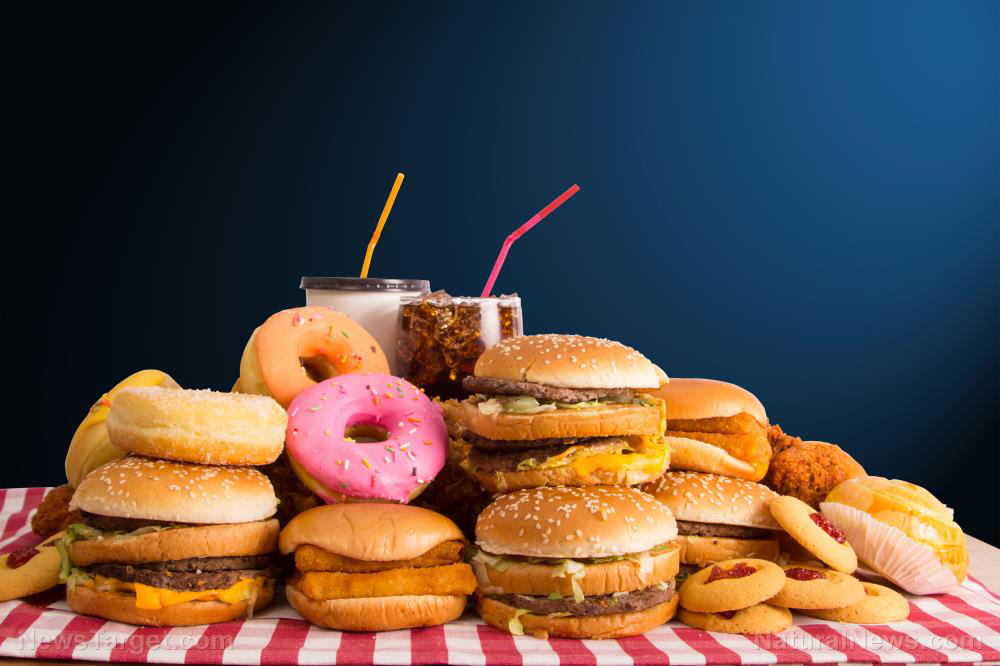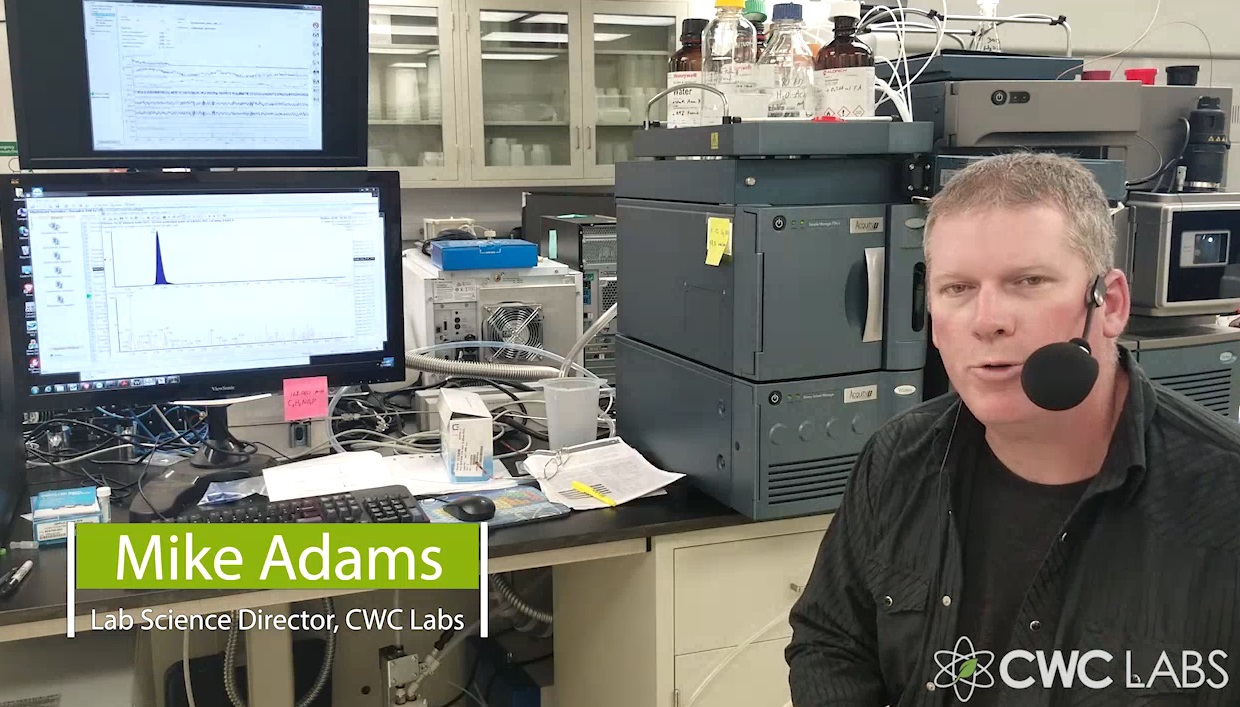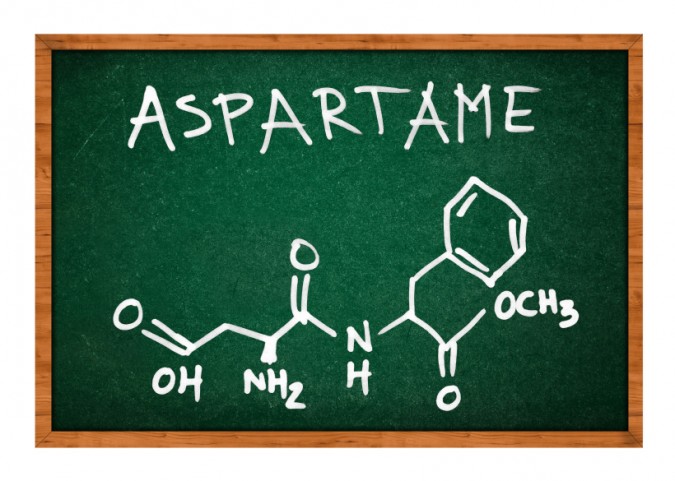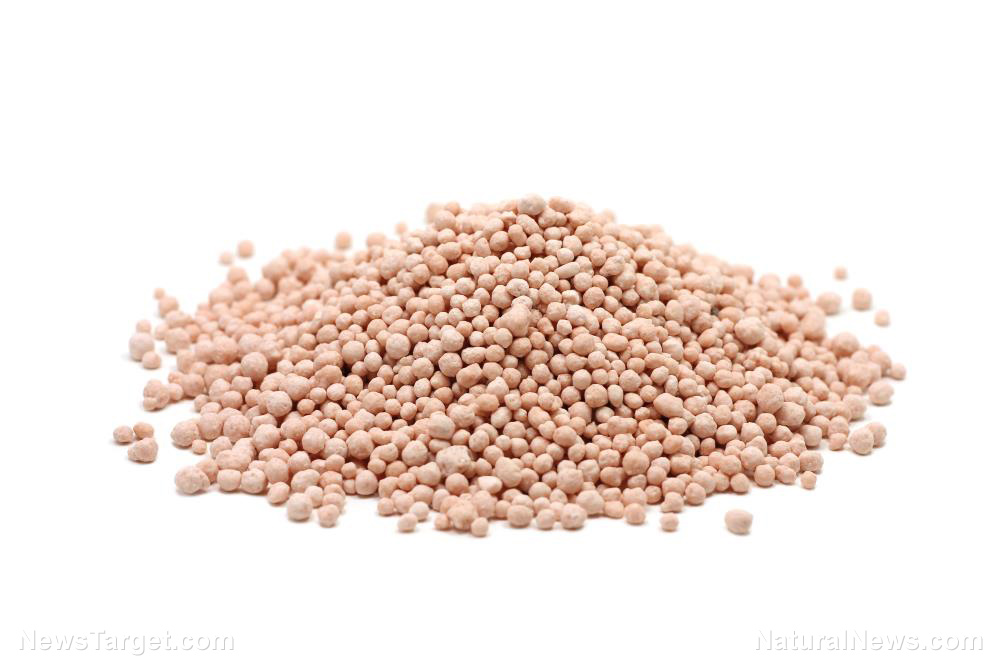5 neurotoxins found in your favorite foods
11/23/2018 / By Ellaine Castillo

Nowadays, people have become so busy that they don’t even have time to prepare fresh food. Many have become dependent on processed and fast foods because of their convenience. However, many of these foods contain additives that are still allowed by the U.S. Food and Drug Administration even though they are known neurotoxins.
Neurotoxins are naturally occurring or artificially produced substances that have damaging effects on the nervous system. Overall, there are more than 1,000 chemicals that have been identified as neurotoxins. Although most of these are derived from external sources like food, there are also some that are produced by the body. Exposure to these neurotoxins can lead to cognitive and behavioral problems as well as disorders like autism and attention deficit hyperactivity disorder (ADHD).
Most consumers trust that these harmful substances won’t be found in food. Unfortunately, this isn’t the case. Lots of foods available on the market contain neurotoxic additives to improve flavor and make people want them more. Some of the most common neurotoxins that you can find in processed foods include the following:
Aspartame
This artificial sweetener is commonly found in diet sodas and other “sugar-free” foods. It is composed of aspartic acid, phenylalanine, and methanol, which are also known to inflict damage on the brain. Aspartame intake can cause various side effects, which include migraines, dizziness, anxiety, memory loss, Alzheimer’s, and fibromyalgia. Moreover, a previous study has also shown that soft drinks that contain this neurotoxin increase the risk of depression.
If you want an alternative to sugar and aspartame, then you can try using stevia (Stevia rebaudiana). This herb is excellent for those who are trying to lose weight because it has zero calories. Moreover, it also doesn’t increase blood sugar or cause tooth decay.
(Related: Why aspartame puts you at risk of a whole slew of adverse health effects.)
Diacetyl
Diacetyl is a common additive in the butter flavoring of microwave popcorn. This substance is especially harmful since it can cross the protective blood-brain barrier. Once it reaches the brain, it causes beta-amyloid plaques to form, which puts the person at risk of Alzheimer’s. Making popcorn the old-fashioned way is a great way of avoiding diacetyl since you can flavor it with real butter.
Monosodium Glutamate (MSG)
Free glutamate, like MSG, is especially harmful to the body since both are rapidly absorbed into the bloodstream. Although glutamate is necessary for your brain to function, too much of it can overstimulate brain cells to the point where they start dying off. Moreover, MSG intake can increase the risk of psychological disorders and neurodegenerative diseases.
Mercury
Unlike the previous neurotoxins, mercury is not deliberately added to food. This compound finds its way to fish and other seafood through pollution in the different bodies of water. Mercury tends to build up in the brain, but it takes some time for it to cause toxicity, which could manifest as memory loss, depression, anxiety, mood swings, numbness, or tremors. Since fish are excellent sources of omega-3 which is beneficial for the brain, it’s not good if you completely avoid them. You just have to choose the ones that are low in mercury, which include Alaskan salmon, sardines, herring, and mackerel.
Aluminum
Aluminum is found in baking powder, anti-caking agents, drinking water, antacids, and even in food packaging materials like cans and foil. Previous studies have shown that this element increases Alzheimer’s risk by up to 71 percent. Fortunately, there are aluminum-free products available on the market that you can use to reduce exposure.
By familiarizing yourself with the neurotoxins that are commonly added to your food, you can become a smarter and healthier consumer.
For more articles about harmful food ingredients, visit MSG.news.
Sources include:
Tagged Under: Aluminum, diacetyl, disease causes, fast food, food additives, mercury, mind body science, monosodium glutamate, MSG, neurotoxins, Toxic, toxic ingredients



















